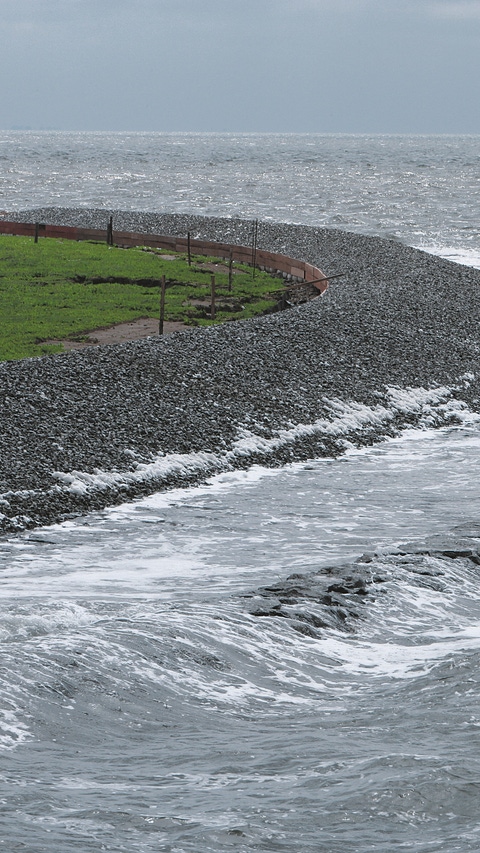To demonstrate the environmental impact and ecological benefits of new Elastocoast® technology, an extensive eco-efficiency analysis has been carried out. This involved a life-cycle analysis of various products and processes in terms of their impact on the environment.
The ecological assessment is based on DIN EN ISO 14040 and 14044 and has been certified by TÜV (Technical Control Board) Berlin as an overall method. Elastocoast® was compared to traditional coastal protection methods such as concrete and open stone asphalt (OSA) on a surface area of 20,000 m².
The most recent study (in 2014) of the Institute of Environmental Hygiene and Toxicology in Gelsenkirchen, Germany, has confirmed the safety of the PU system in coastal protection in terms of toxicology and environmental medicine.
Long-term monitoring and controls of stability, erosion resistance, recolonization, resistance to weathering and saltwater, and many other parameters have shown that Elastocoast® revetments already achieve top results on the decisive counts.
















